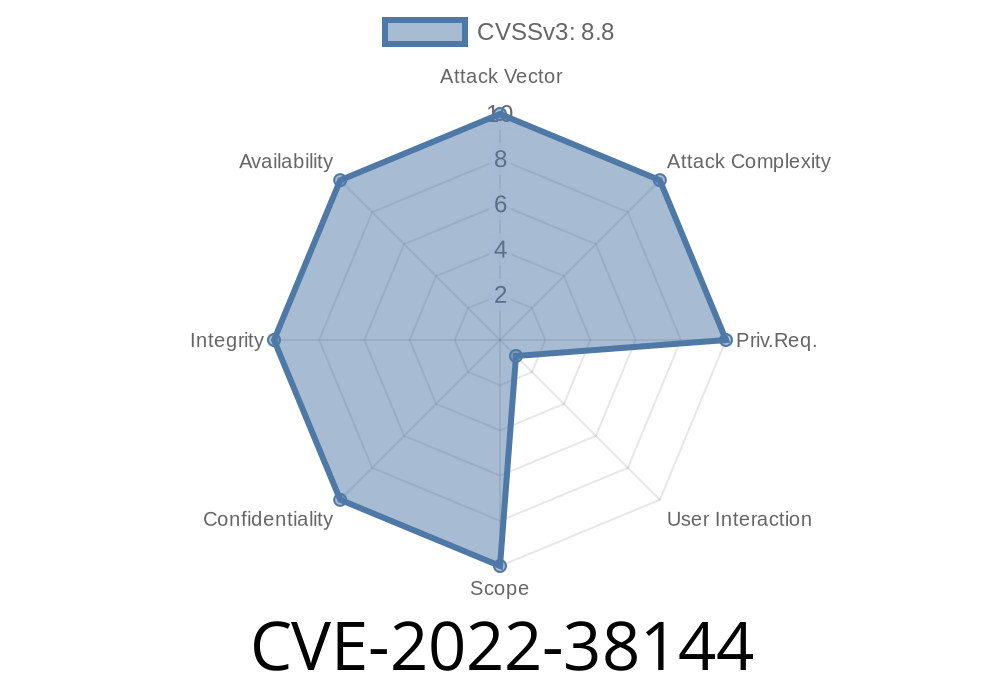In short, it happens when a user submits a request to an unintended target. This unauthorized request can be made by clicking on an unexpected link in the gVectors Team wpForo Forum plugin. In case of CSRF, the attacker can perform activities on behalf of the victim without the knowledge of the victim. Any action that can be performed using the logged in credentials such as purchasing a subscription, making a payment, updating a profile, changing a setting etc. becomes possible. The user login form on gVectors Team wpForo Forum plugin is vulnerable to the attack which results in the risk of a hacker taking control of the site. An attacker can trick a user to click on a malicious link or can send a request to the site pretending to be a request from the user. If a user has an account on the site, an attacker can perform actions on the behalf of the user. The risk of an attacker taking control of the site increases with every plugin that is loaded on the site. CSRF vulnerabilities are often exploited by hackers to steal user data by tricking users into doing things they do not intend to do.
How Does Cross Site Request Forgery Work?
Cross Site Request Forgery is a type of vulnerability that is caused when an attack can be made by sending malicious HTTP requests from one website to another.
The way it works, an attacker sends a request with the victim’s credentials to another website and the site accepts this request without the knowledge of the victim. The hacker can obtain any information they want from the site without the victim knowing what happened.
The exploit occurs when someone clicks on a malicious link that leads them to another website and then unauthorized actions are taken on behalf of the user without their knowledge.
CSRF (Cross Site Request Forgery) - What is it?
CSRF is a type of vulnerability that allows attackers to gain unauthorized access to a website by exploiting the trust that users have in their web site. This vulnerability is often exploited by hackers to steal user data by tricking users into doing things they do not intend to do.
CSRF can occur when an attacker tricks a user into performing an unwanted action on the victim's behalf without their knowledge or consent. Let's say you are logged in as admin and you want to update your profile, but you don't know what username you used, so you search for it. When you find your username, say admin, then suddenly the page changes! It has been changed without your notice. The same thing happens if a hacker sends a request from the user account or uses a malicious link that looks like it was sent from your account. For example, let's say we have our profiles set up under "John" and "Jennifer." If we make an update on Jennifer's profile, John will see it automatically because they are connected via social media on the same site. But if someone were to make an update on John's profile, Jennifer would never see the change because she isn't logged in at that time.
How to Check if My Website is Vulnerable to CSRF Attack?
The most common way of checking if your website is vulnerable to CSRF attack is by setting up a test. All you have to do is change the URL in the address bar of your browser to https://example.com/wp-admin/admin-ajax.php?action=profile&_wpnonce=
Getting Started – How to find CSRF vulnerability?
The first step to understanding a CSRF vulnerability is identifying the requests that can be performed using the logged in credentials. The following are the most common ones:
► Account registration
► Subscription purchase
► Update profile information
► Making a payment
► Editing a settings page
If these types of requests cannot be made, chances are your security is not at risk. However, if there is one of these requests that you cannot perform with the logged in credentials, then chances are your site has an underlying vulnerability. The next step would be tracking down which request is performing the unauthorized action. Researchers often use tools such as Burp Suite and can set up custom HTTP payloads to perform these actions. Once an attacker has found out which request is performing the unauthorized action, they would need to manipulate it or find a way around it so that they can successfully exploit this vulnerability.
Timeline
Published on: 09/09/2022 15:15:00 UTC
Last modified on: 09/10/2022 03:33:00 UTC
